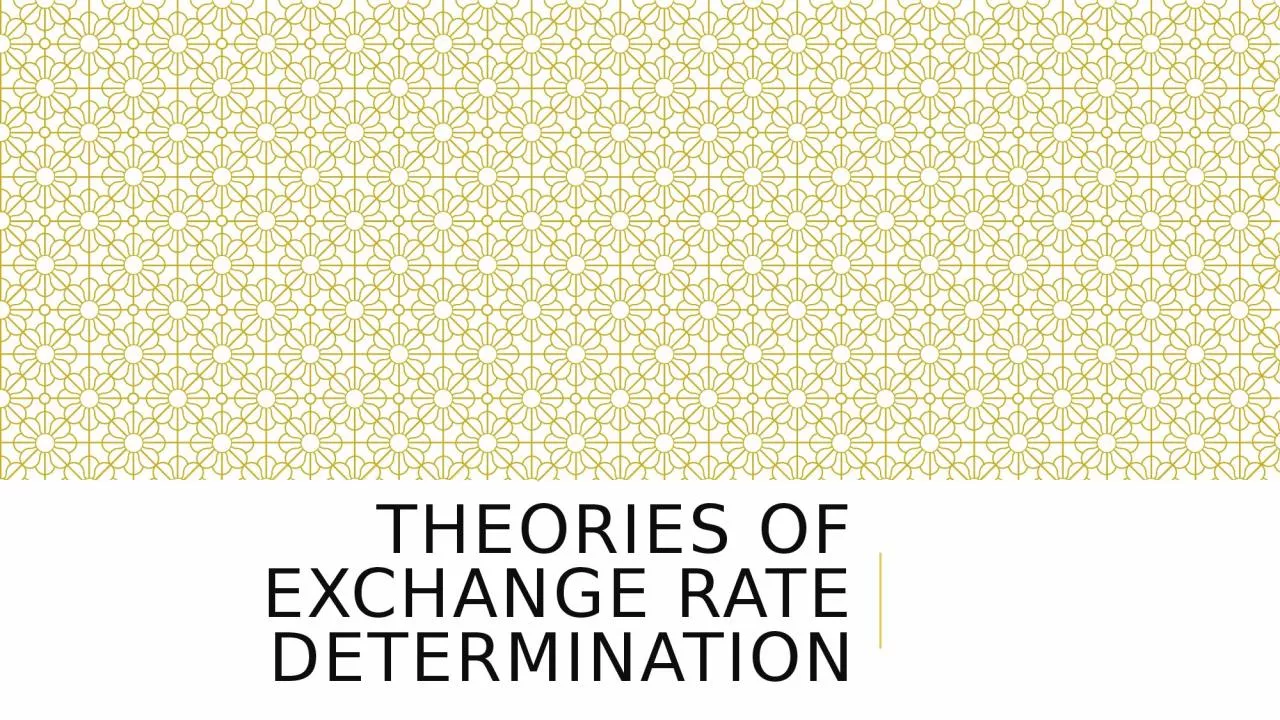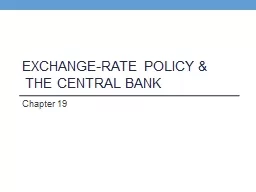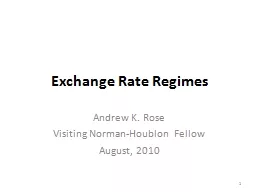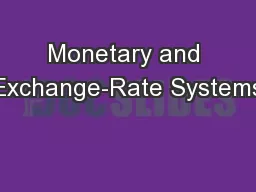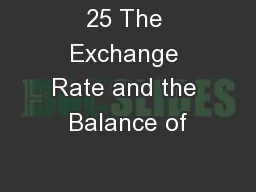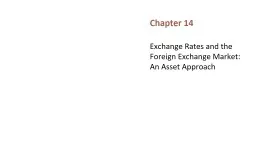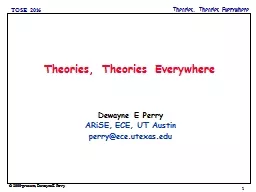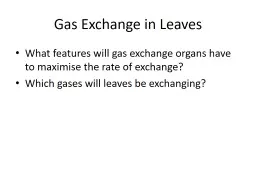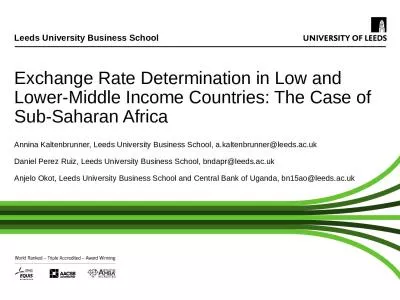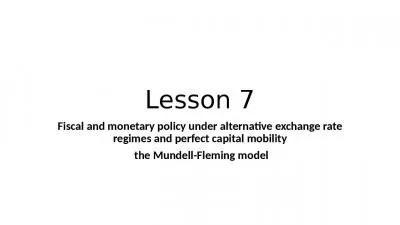PPT-Theories of exchange rate determination
Author : lydia | Published Date : 2023-10-31
introduction At the most basic level exchange rates are determined by demand and supply of one currency relative to the demand and supply of another However differences
Presentation Embed Code
Download Presentation
Download Presentation The PPT/PDF document "Theories of exchange rate determination" is the property of its rightful owner. Permission is granted to download and print the materials on this website for personal, non-commercial use only, and to display it on your personal computer provided you do not modify the materials and that you retain all copyright notices contained in the materials. By downloading content from our website, you accept the terms of this agreement.
Theories of exchange rate determination: Transcript
Download Rules Of Document
"Theories of exchange rate determination"The content belongs to its owner. You may download and print it for personal use, without modification, and keep all copyright notices. By downloading, you agree to these terms.
Related Documents

